Energy Conservation in Boilers and Making an Audit Report
In the last article in this series on the energy audit of the ships boiler, we discussed the instruments required for ship’s audit, pre audit precautions and the energy conservation and optimization opportunities. In this article we discuss the other opportunities for energy conservation and also layout of the final audit report.
Read the first two parts of the series here:
Energy Conservation and Optimization Opportunities
The other areas where energy conservation and optimization opportunities exist are as follows:
Performance of Heat Transfer Areas: The heat transfer areas of the boiler must be monitored. The soot blowing of the boiler must be done religiously as build up of soot acts like an insulator and reduces the heat transfer rate. That means for generating the same amount of steam more fuel will be needed. The same goes for the buildup of scale in the tubes. The stack temperature must be monitored regularly and any increase in it means that heat recovery is not optimum. If the funnel temperature increases about 40 deg C after last cleaning it indicates that boiler cleaning must be done.
Read important points on boiler cleaning here.
Heat Loss Due to Inadequate Insulation: The boiler and steam lines along with condensate return to the hot well must be well insulated. Over a period of time insulation is damaged or worn out. Any analysis by an infra red camera or infra red thermometer can identify the hot spots and optimize fuel consumption.
Optimum Hot Well temperature: The hot well temperature must be maintained at temperature specified by manufacturers which is generally about 80 to 85 deg C. A lower temperature will cause colder feed water to enter the boiler thus increasing the fuel cost due to loss of sensible heat. An overheated hot well will cause vapor lock in the feed pump and loss of suction.
Learn how to troubleshoot marine boiler starting failure here.
Steam Trap Losses: Steam traps are used to discharge condensate once it is formed, to prevent live steam from escaping and to remove air and non condensable gases from the line. However it is a largely neglected part of the steam piping. Steam traps that are stuck open allow live steam to escape thus resulting in loss of heat and also increasing the load of the condenser. Steam trap that is stuck shut results in reduced capacity of the equipment it is being supplied to.
Radiation and Convection Losses: The boiler body loses lots of heat from the exposed surfaces to the surroundings. In cold climate the loss is greater. Effective insulation can reduce these losses.
Optimize Boiler Steam pressure: Running a boiler at lower pressure after optimizing steam usage will lower the fuel consumption.
Installation of variable speed drives: The air dampers use throttling to obtain capacity control. These old methods of capacity control lack accuracy and have poor control characteristics at the top and bottom of the operating range. In case the steam demand of the boiler is variable and changes from time to time, then replacing the damper type air register with the new electronically controlled variable speed drive forced draught fan should be considered.
Understand marine boiler water circulation here.
Reducing Steam Leakage: Though this is a simply understood principle that steam leakage leads to energy and fuel loss, it is common to see many leakages of steam unattended due to either fear or apathy. Just by controlling the leakages many of the boiler operational problems can be avoided.
Audit Report on Energy Saving Measures
The audit report of the boiler must indicate the energy opportunities that can be availed, the investment required, the fuel saving and returns. The owner must be provided with the economic viability and feasibility of the project. The energy measures recommended are of three types.
Immediate Returns: Those energy saving measures that give immediate returns and require no investment. For example overhauling the burner, calibrating the air register, cleaning the tubes of soot, repairing steam traps etc.
Medium Term return: Those energy saving measures that require moderate investment and give returns in a medium time frame. For example these can be equipment modification like change of burner and air register, change of insulation, retrofitting the furnace with a new burner etc.
Long term return: These require considerable investment and will benefit in long term only. For example if the boiler is old and unusable, under or over sized. Replacing an old boiler with an energy efficient new boiler may be a good strategy. It is only recommended if the company has plans for keeping the ship for a long time.
Financial analysis of the energy saving measures is the most important part of a boiler energy audit. Annual cost savings from the upgrades, retrofits and replacements must be provided to enable the owner make correct decision.
References:
Boiler Operations By M P Murgai and Ram Chandra
Training Manual for Energy Efficiency By Asian Productivity Organization, 2010
Presentation on Energy Audit in Thermal Power Stations by H.S.Bedi
Hand Book on Energy Audit and Environment Management by Y.P.Abbi and Shashank Jain
Working manual on Energy Auditing in Industries By Asian Productivity Organization
Do you have info to share with us ? Suggest a correction
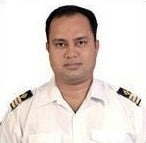
About Author
Chief Engineer Mohit Sanguri is a Marine Chief Engineer (Class I Unlimited Power). He has 12+ years of experience as a Marine Engineer.
Latest Marine Technology Articles You Would Like:
Related Posts
- Blow-Down Procedure for Marine Boilers
- 6 Practical Tips On Improving Boiler Efficiency for Professional Marine Engineers
- What To Do During Marine Auxiliary Boiler’s Flame Failure or Fuel Pump Tripping?
- Boiler Starting Failure – Troubleshooting
- Understanding Boiler Feed Water Contamination
- Understanding Boiler Refractory And Its Types
Subscribe To Our Newsletters
By subscribing, you agree to our Privacy Policy and may receive occasional deal communications; you can unsubscribe anytime.



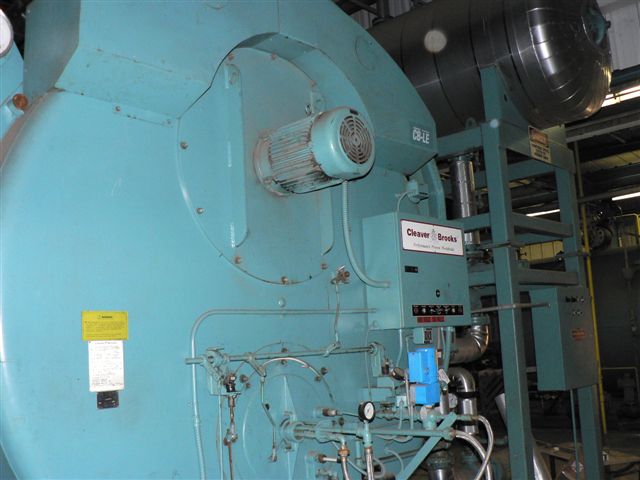







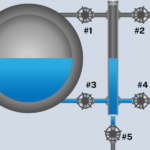
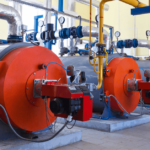
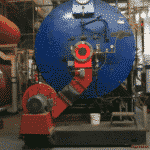
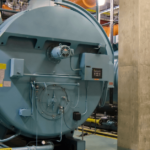
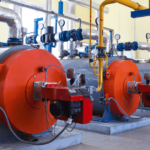
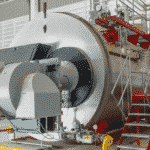
Thanks you very much chief.
We need steam traps in sizes 1/2″, 3/4″ and 1″ of COSCO make.
Please send your offer and cataloge etc